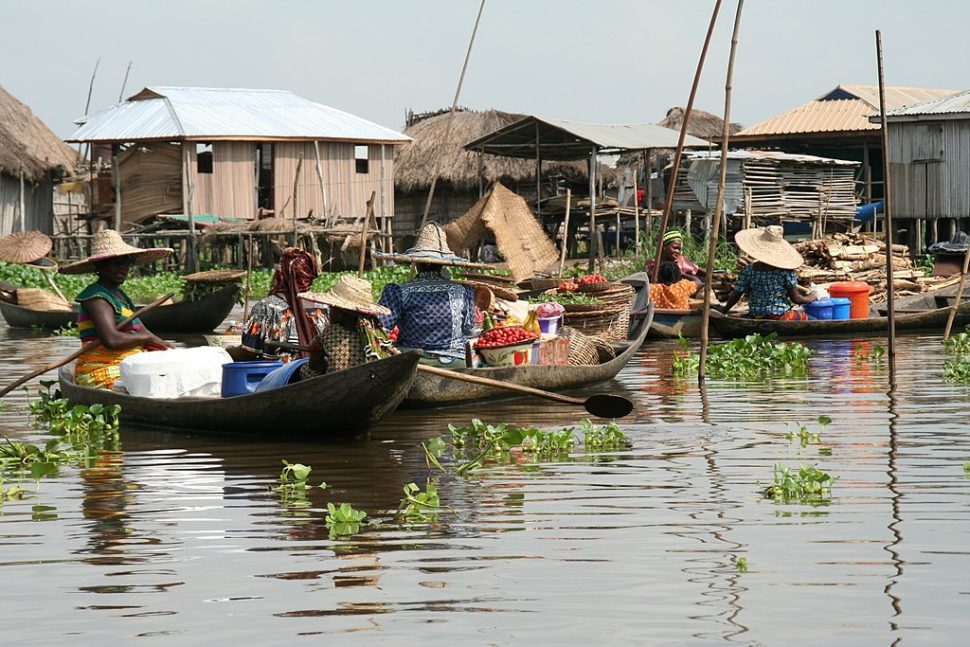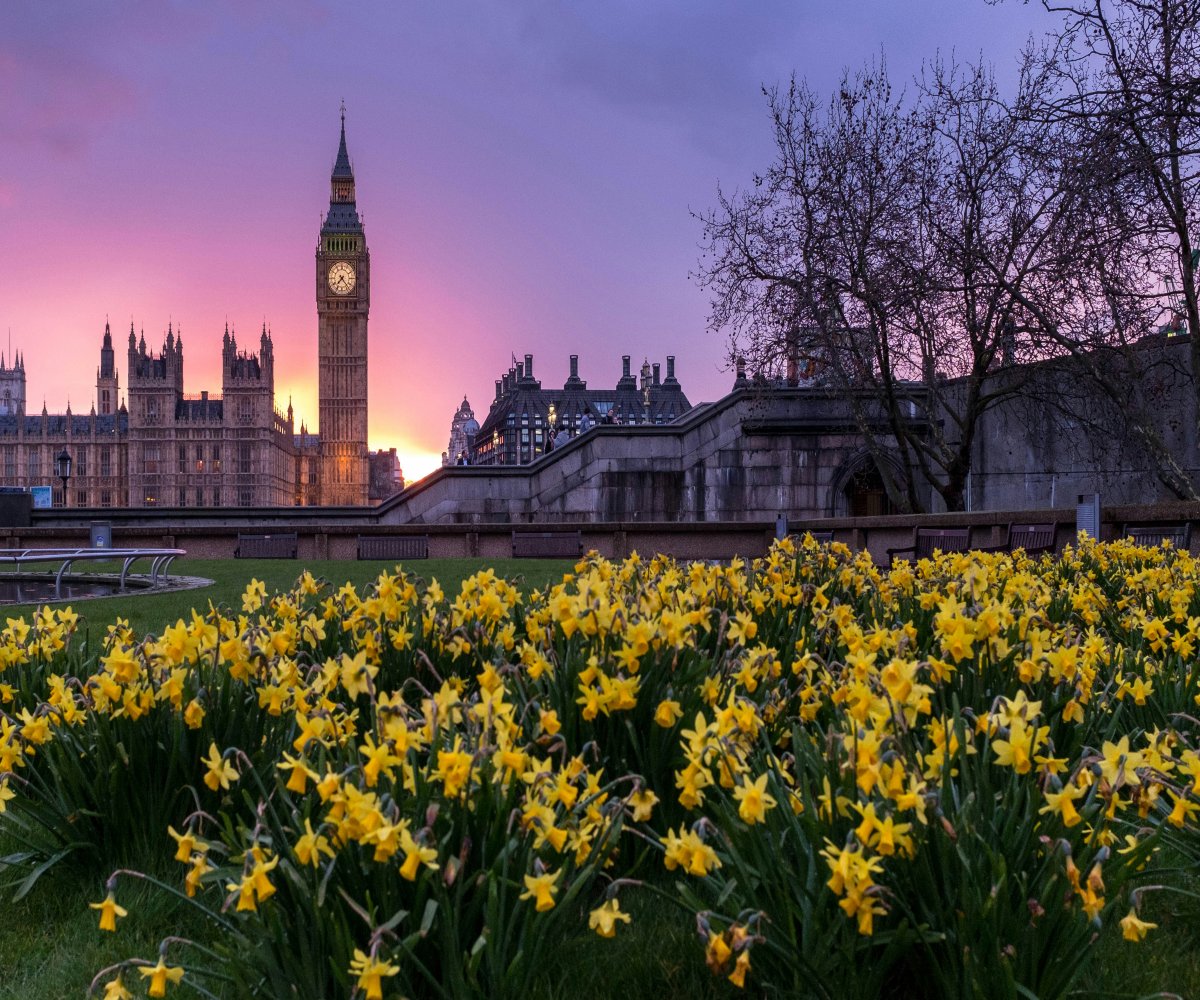The city of Venice, Italy, is one of the most famous tourist destinations in the world. Known internationally for being a city crossed by canals, Venice attracts hundreds of thousands of tourists who choose the place to enjoy the city by navigating the famous gondolas. But, did you know that there is also an African Venice? Named Ganvie, the village is located in Benin. It may not have as many tourists as the Italian city, however, it has a historical representation of great significance and is growing interest by international tourists.
The history of Ganvie begins in the 17th century when the Portuguese trade in African slaves was expanding on the western side of the continent, the inhabitants of the village called Tofinu sailed into the Nokoué fleeing the slave traders of the Fon tribe, from the powerful African kingdom of Dahomey. Religious beliefs kept the Fon from getting into conflict within the lake, which was sacred to them.
In the mid-19th century, French settlers arrived in Benin and built a canal that linked the Atlantic Ocean from the city of Cotonou to Lake Nokoué, the largest in the country, to the north. Across the waters of the lake, away from the chaotic traffic and crowded markets of Cotonou, a different village has since grown, known today as Ganvie.
Thus, the waters of the Nokoué became a safe place for the Tofinu, preventing those Africans from going to the Americas as enslaved in the European colonization of the continent. Since then, they have never returned to land. So, miles away from Cotonou, they built Ganvie — which, in the Fon language, means “We survive.”
Legendary Version Of The African Venice
The story of the African Venice also has also a legendary version: to protect the Tofinu people, the king of Ganvie was forced to flee his homeland from him. They spent a day and a night escaping on solid ground from the merchants of Dahomey, whose king was allied with the white Europeans until they reached the shores of Nokoué. Desperate, the king would have transformed himself into a heron and dived into the waters until he found a safe place to live.
As the Tofinu could not enter the lake with all their things, the king became a huge crocodile and, on his back, took all his people from him into the Nokoué. So when the Fon reached the water’s edge, they did not find their pursuers.
Worse than that: they feared that angry spirits lived right there and, in fear, decided not to enter the lake. The Tofinu thus became one of the few peoples of Benin who were not sold into slavery to the Americas.
Today, four centuries later, the descendants of the Tofinu live together in the middle of the lake, which is the floor of 30,000 residents on bamboo and wooden houses. Instead of living on chickens, food for most of the population of Benin, the inhabitants of Ganvie eat fish hooked with rods made from reeds and palm leaves. Likewise, the only way to get around the houses is by canoe. For this reason, the city was nicknamed “African Venice”.

The boats enter and leave Ganvie through immense channels between the houses, either bringing and taking residents of the city from work on the land, or traders who pass by selling fruits, vegetables, fish, clothes, utensils, or religious with the items needed for voodoo rituals — the African religion was born in Benin.
Ganvie now has three thousand buildings, a bank, a post office, a hospital, a church and a mosque. The school is one of the few that was built on dry land because the inhabitants wanted the children to play sports in the vast desert field that borders the Nokoué.
The city’s electricity is provided by solar panels, generators and stations that run on lake water, while food depends on the floating market where the locals dock their canoes and trade directly with each other.
In 1996, UNESCO declared the African Venice as one of the world heritage sites.
With such a peculiar location, history, culture and tradition, tourism has gradually replaced fishing as Ganvie’s main source of revenue. Around 10,000 tourists visit the lake village annually, according to local the tourism office. The rental of canoes heading to the lake became one of the main tourist attractions in the city.
Recently, Ganvie was spotlighted in the Netflix’s docuseries “High on the Hog: How African American Cuisine Transformed America,” which explores the journey of American cuisine from Africa. This docuseries was based on James Beard Award-winning author Jessica B. and hosted by the food writer Stephen Satterfield.





